Jagdterrier
As their name suggests, the German Hunt Terriers originated in Germany, and their original purpose was to hunt small animals. Their original German name is Jagdterrier, which can be literally translated to “Hunt Terrier.” Their purpose was relatively clear, and they were really good at the job they were bred to do.
The Jagdterrier is an all-around, versatile hunting dog. It was used to drive animals like badgers or raccoons out of their dens or burrows, track wounded animals, and drive animals like foxes or wild boars out in the open where hunters could have an easy shot.
These dogs are still used for hunting even today. They are adapted to different hunting styles in different countries. In the US, these dogs are mainly used like other Terriers for farm work, especially vermin control. In their native Germany, they are still used as versatile hunting dogs. These days, these dogs are active family pets with plenty of energy for all activities their family decides to do.

Height:
13-16 in (33-41 cm)

Weight:
17-22 lb (8 - 10 kg)

Origin:
Germany

Life Expectancy:
10-12 years
Dog Breed Characteristics
Appearance
Despite their small size, Jagdterrier dogs have muscular and strong bodies that are always ready for the next adventure. Jagdterriers are typically 10–13 inches tall and weigh 17–22 pounds. They have characteristics typical of other terriers, as their mixed heritage suggests.
Their muzzle has some of the "boxy" appearance of a Fox Terrier, but their face is similar to that of a Jack Russell. The body is more like that of a Fox Terrier, with a slightly slanted back from the front legs to the hind legs.
Their triangular ears are small and spunky, usually folded over onto themselves while remaining taut with energy (especially when he's listening carefully to a sound!). Jagdterriers have small, deep-set, dark eyes that appear bright and alert most of the time.
Coat type
The Jagdterrier has a dense wire-haired coat that isn't smooth or glassy. Their coat must be dense and wiry enough to protect them while hunting in the underbrush or in holes.
Coat color
Jagdterriers should be black with tan or rust markings on the muzzle, brows, chest, undercarriage, and legs. Although some markings may be chocolate, liver brown, or white, breed standards vary between associations. The nose can be either black or liver in color.
Temperament
Jagdterriers are extremely intelligent and full of energy, so make sure you can match them in both areas. They have other wonderful personality traits, but these can be overshadowed until you meet their exercise and training requirements.
They are loyal and affectionate to their owners, but they do not get along with smaller pets due to their strong prey drive. The same can be said for the local wildlife. They will enjoy watching over your house and keeping an eye on the entire neighborhood. Their Terrier bark, also known as a "bay," is loud enough to alert everyone in the vicinity that your pup has spotted something interesting!
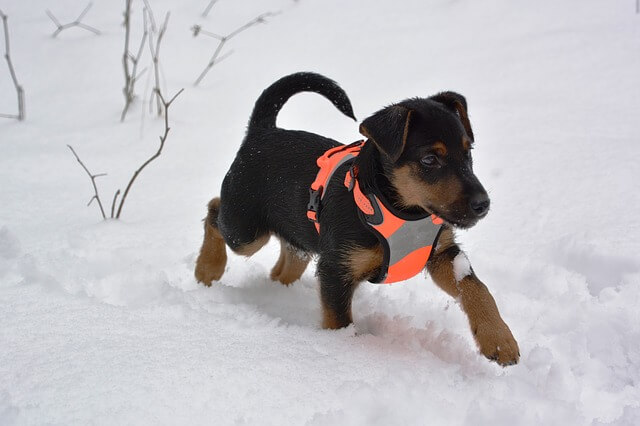
Unless you intend to train your Jagdterrier for hunting, agility trials, or obedience, they may have too much energy to fit into your home. While a Jadgterrier will gladly collapse after a long day of hunting, they aren't the type of dog that will thrive without plenty of mental and physical stimulation.
Care guide
Getting such an active breed will certainly demand dog owners adapt their lifestyles. However, German Hunting Terriers are still dogs, and they need proper care. Here are the most critical aspects of Jagdterrier care.
Grooming
Jadgterriers can have either smooth or wiry coats, but the wiry coat is more common. They don't need much grooming, so a quick brush once a week will suffice to keep their coats looking shiny and healthy.
Grooming, however, is more than just keeping their coats in good condition. Baths, nail trimming, and ear examinations are all required. Check and clean your dog's ears regularly. To prevent ear infections and keep the dog's ears in good condition, use dog-safe ear cleaners. Trim their nails when they become too long, and bathe them every 8 to 12 weeks.
Training
Although Jagdterriers are intelligent, they are challenging to train. They are independent dogs with strong wills which may not respond well to commands. They will take advantage of it if they notice a flaw or a devious way to achieve their goals. Training should be firm but not oppressive.
Early training should emphasize socialization and memory development. This is especially important in this hunting breed, which is prone to ignoring its owner in favor of chasing other animals, including livestock and neighborhood cats.
To keep the Jagdterrier from becoming bored, training sessions should be varied. Short sessions, done frequently, will be more beneficial than longer sessions, which will bore and frustrate both the dog and the owner. It is critical to maintain consistency in behavioral expectations. Start the training and plan for the future. That means you shouldn’t let your puppy on furniture that you wouldn't let an adult dog on.
Exercise needs
The Jadgterrier is a highly active breed. You'll need to be prepared to devote a significant amount of time to keeping this small dog busy. They'll need at least 90 minutes of exercise per day. If you want to take the day off on Sunday, your dog will not be too happy.
While 90 minutes may be the bare minimum for your Jagdterrier, they will happily go for much, much longer. These energetic dogs are bred to spend the entire day in the field hunting and flushing out prey, so their endurance is impressive, to say the least.
Their walks will also have to be more energetic than a slow plod around the block. Consider fast fetch, swimming, agility, and, of course, hunt trials if they are available in your area. If anyone in your family enjoys hiking or running, a Jadgterrier will be delighted to accompany them!
Remember to keep them on a leash whenever you're out and about. Because of their strong prey drive, they frequently can't pass up the opportunity to chase down local wildlife. When you're not at home, a fenced backyard is essential so you can let your dog out without worrying about them trying to escape when they see a squirrel.
Socialization
Like all other breeds, the German Hunt Terrier requires early training and socialization. Because this is a hunting breed, you must begin these processes as soon as possible. Proper socialization will teach them how to deal with unfamiliar situations, as well as other dogs and people. Expose your dog to various situations, sights, sounds, people, and other dogs.
Health
Jagdterrier is a healthy dog breed with a life expectancy of 10-12 years. To ensure that you end up with the healthiest dog possible, always buy a dog from responsible and official dog breeders. In comparison to other purebred dogs, the Jagdterrier is an extremely healthy breed with few reported health issues.
One reason for this could be that, as a more unusual breed, there aren't as many breeders reporting conditions.
Primary lens luxation is a health issue most breeders know about. There is a health test available, and all reputable and experienced breeders should perform the PLL test on their dogs. Primary lens luxation is a genetic condition that can result in blindness if passed down from both parent dogs. Make sure to ask any breeder about this condition and see the test results.
Jagdterrier breeders
The most important thing to remember when purchasing a dog is to purchase it from a responsible and reputable breeder. Responsible Jagdterrier breeders will produce dogs that look good and have great personalities. You must locate a reputable Jagdterrier breeder who can assist you in learning about this breed and making an informed decision about purchasing a dog with these specific characteristics.
SEARCH GERMAN HUNT TERRIER BREEDERS
World Dog Finder team

Updated at07.09.2023.
Breed History
The Jagdterrier, also known as the German Hunt Terrier, is a relatively new breed developed in Germany in the 1920s. Following World War I, a schism in the German Fox Terrier Club resulted in a small group of members leaving to form a new breed. They decided to start crossing Fox Terriers with black and tan Jack Russell Terriers. Their program began with four Fox Terriers, from which all modern Jagdterriers descend.
The first phase of the program concentrated on defining the physical characteristics. The group wanted to keep the black and tan color scheme. They also preferred a rough coat over a smooth coat. That type of coat sheds dirt and water easily while keeping the body temperature stable in the winter. After determining the breed's physical characteristics, the group realized they had a nice-looking terrier with questionable hunting ability. Welsh Terriers and various English wirehaired terriers were added to the mix to improve performance.
A program dedicated to breeding a German Terrier breed in interwar Germany drew some unsavory characters. Lutz Heck, the curator of Berlin Zoo, was one of them. He had a strange obsession with genetics and resurrecting extinct animals like the aurochs (a species of extinct, wild cattle). However, the assistance of such individuals was critical in obtaining funding and resources for such a large breeding project. At its peak, the organization housed 700 dogs in its kennels.
When the breeding program was finished, it had produced a hardy and tenacious breed of terrier capable of flushing out a wide variety of game from their hiding places. They would not only follow badgers and foxes into their breeding grounds and dens, but they would also harass larger game, such as wild boar, until they were flushed from the undergrowth.
Hunters in North America who have used Jagdterriers have reported that they are so fierce that they are willing to stand their ground when confronted with larger predators like cougars and bobcats.
The breed survived the chaos of World War II, albeit in smaller numbers. Some people made it to the United States in the 1950s, and a population still lives there today. Jagdterriers are still uncommon in the United Kingdom, and the breed is not recognized by the Kennel Club.
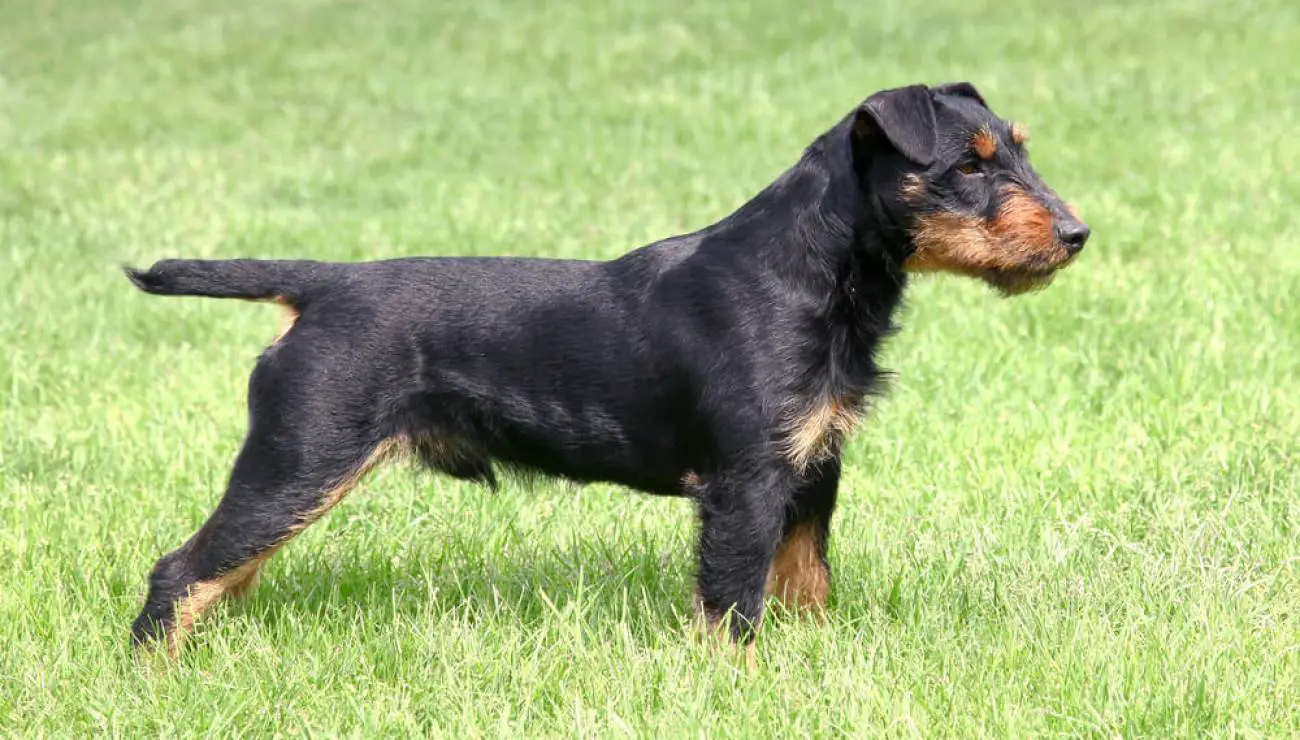
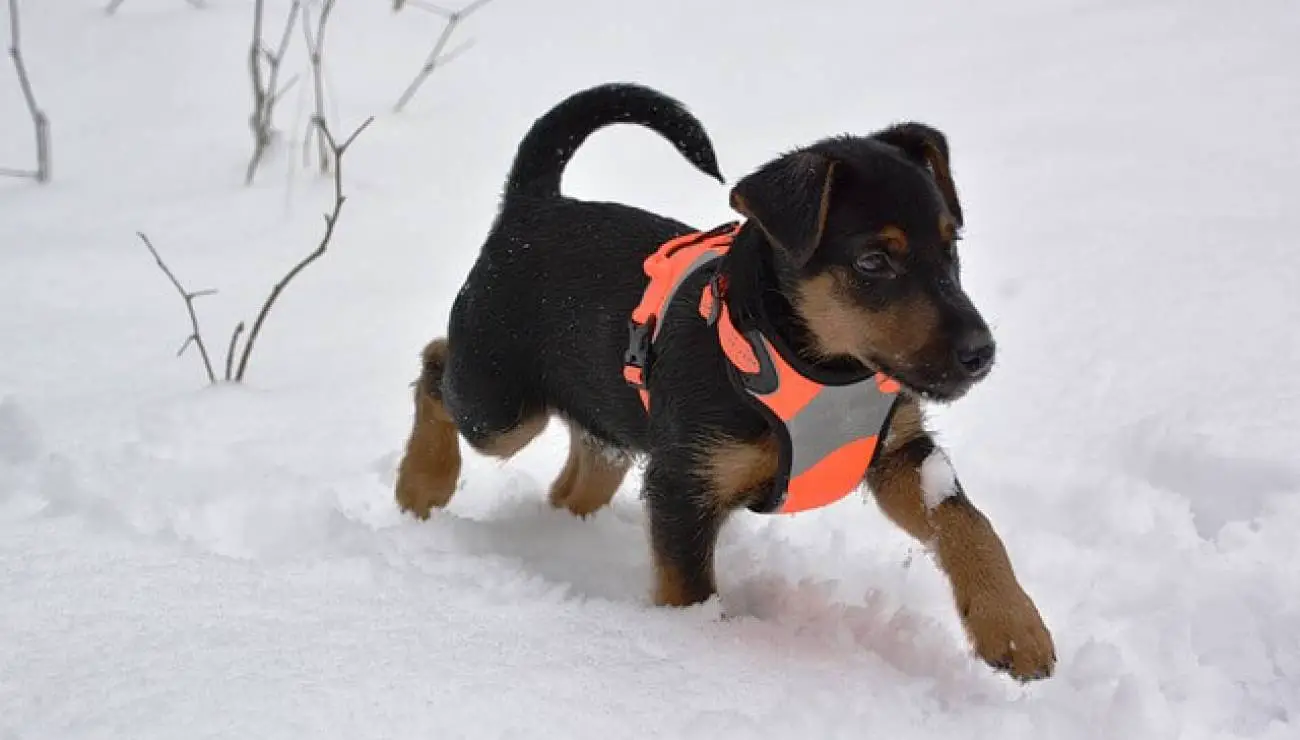
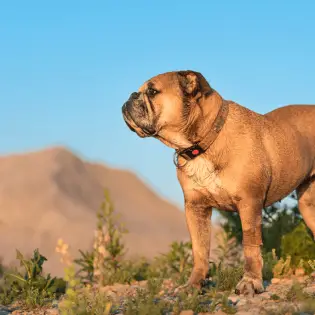
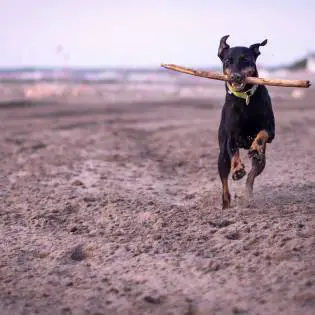
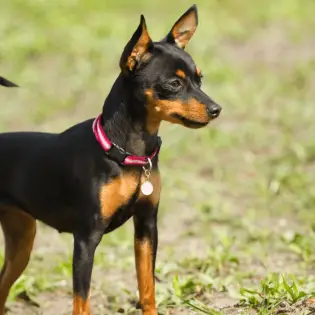

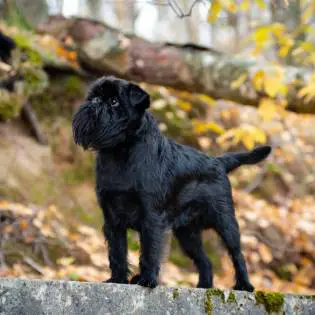
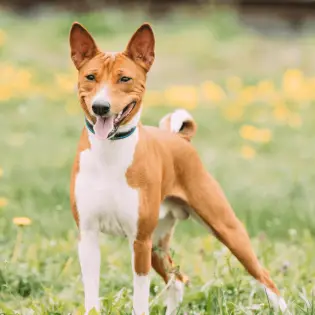

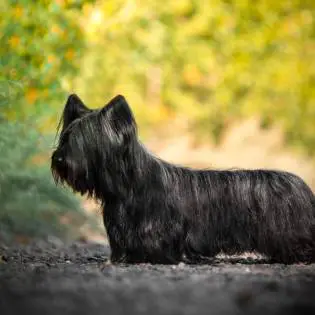
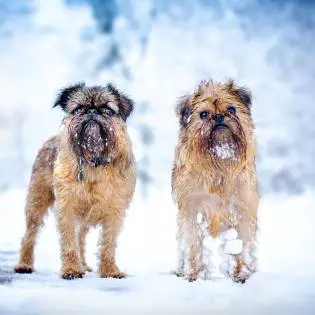
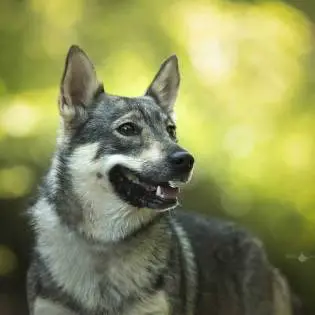

Share